[Uri Shaked] is really into Latin music. When his interest crescendoed, he bought a trumpet in order to make some energetic tunes of his own. His enthusiasm flagged a bit when he realized just how hard it is to get reliably trumpet-like sounds out of the thing, but he wasn’t about to give up altogether. Geekcon 2018 was approaching, so he thought, why not make a robot that can play the trumpet for me?
He scoured the internet and found that someone else had taken pains 20 years ago to imitate embouchure with a pair of latex lips (think rubber glove fingers filled with water). Another soul had written about measuring air flow with regard to brass instruments. Armed with this info, [Uri] and partners [Ariella] and [Avi] spent a few hours messing around with air pumps, latex, and water and came up with a proof of concept that sounds like—and [Uri]’s description is spot-on—a broken robotic didgeridoo. It worked, but the sound was choppy.
Fast forward to Geekcon. In a flash of brilliance, [Avi] thought to add capacitance to the equation. He suggested that they use a plastic box as a buffer for air, and it worked. [Ariella] 3D printed some fingers to actuate the valves, but the team ultimately ended up with wooden fingers driven by servos. The robo-trumpet setup lasted just long enough to get a video, and then a servo promptly burned out. Wah wahhhh. Purse your lips and check it out after the break.
If [Uri] ever gets fed up with the thing, he could always turn it into a game controller a la Trumpet Hero.

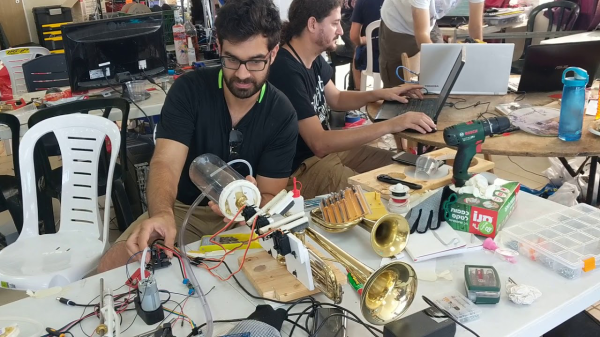

 For many projects that require control of air pressure, the usual option is to hook up a pump, maybe with a motor controller to turn it on and off, and work with that. If one’s requirements can’t be filled by that level of equipment and control, then it’s time to look at commercial regulators. [Craig Watson] did exactly that, but found the results as disappointing as they were expensive. He found that commercial offerings — especially at low pressures — tended to leak air, occasionally reported incorrect pressures, and in general just weren’t very precise. Out of a sense of necessity he set out to design his own
For many projects that require control of air pressure, the usual option is to hook up a pump, maybe with a motor controller to turn it on and off, and work with that. If one’s requirements can’t be filled by that level of equipment and control, then it’s time to look at commercial regulators. [Craig Watson] did exactly that, but found the results as disappointing as they were expensive. He found that commercial offerings — especially at low pressures — tended to leak air, occasionally reported incorrect pressures, and in general just weren’t very precise. Out of a sense of necessity he set out to design his own 



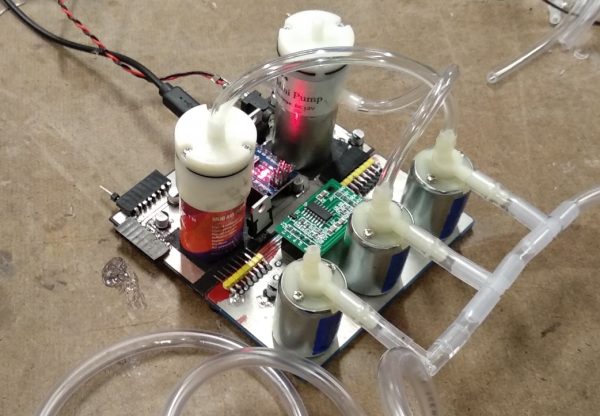
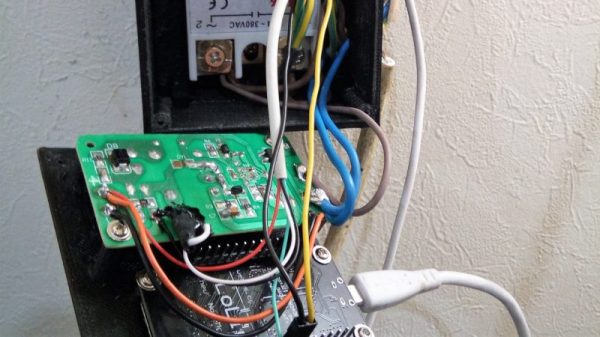
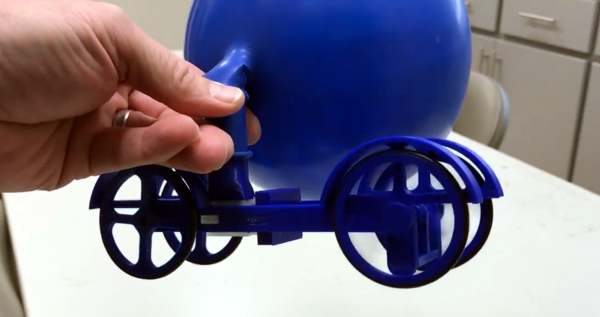
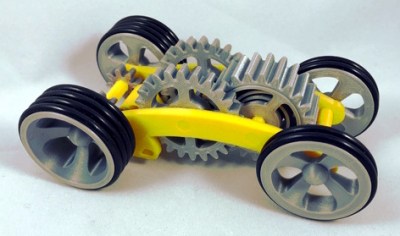 Last week we saw
Last week we saw 
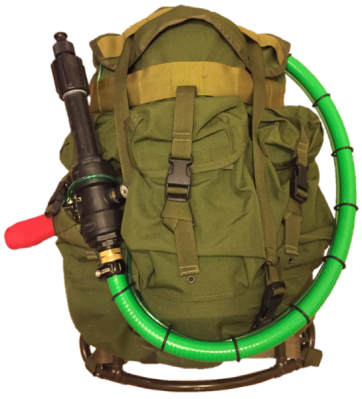 If you want to see how a project should be documented, look no further than [Tim]’s forum posts over at WaterWar.net. From the insanely detailed BOM with catalog numbers and links to supplier websites, to scads of build photos with part number callouts, to the finely detailed build instructions, [Tim] has raised the stakes for anyone that documents any kind of build.
If you want to see how a project should be documented, look no further than [Tim]’s forum posts over at WaterWar.net. From the insanely detailed BOM with catalog numbers and links to supplier websites, to scads of build photos with part number callouts, to the finely detailed build instructions, [Tim] has raised the stakes for anyone that documents any kind of build.








